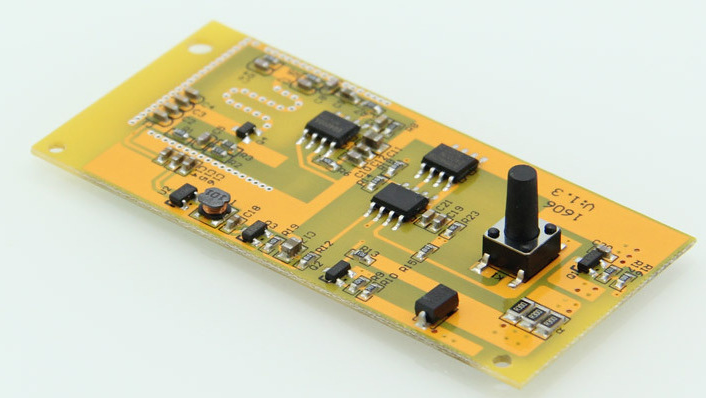Among the key applications of PCB and HDI today, automotive PCBs occupies an important position. PCB copy board, but due to the special working environment, safety and high current requirements of the car, it has higher requirements on the reliability and environmental adaptability of PCB and HDI, and the types of PCB technology involved are also wide, which is very important for PCB companies. It is a challenge; for manufacturers who want to develop the automotive PCB market, they need to do more understanding and analysis of this new market.
Automotive PCBs particularly emphasize high reliability and low DPPM. So, do PCB companies have accumulated technology and experience in high-reliability manufacturing? Is it consistent with the future product development direction? In terms of process control, is it able to do well in accordance with the requirements of TS16949? Has a low DPPM been achieved? All these need to be carefully evaluated. Just seeing this attractive piece of cake and entering blindly will bring harm to the enterprise itself.

The following are some of the special practices in the testing process of some representative companies specializing in the production of automotive PCBs for the majority of PCB and HDI colleagues for reference:
1. The second test method
Some PCB manufacturers adopt the "second test method" to increase the rate of finding defective boards after the first high-voltage electrical breakdown.
2. Bad board foolproof test system
More and more PCB manufacturers have installed "good board marking system" and "bad board error prevention box" in the light board testing machine to effectively avoid human leakage. The good board marking system marks the tested PASS boards for the testing machine, which can effectively prevent the tested boards or bad boards from flowing into the hands of customers. The bad board error-proof box means that during the test, when the PASS board is tested, the test system outputs the signal that the box is opened; on the contrary, when the bad board is tested, the box is closed to allow the operator to correctly place the tested circuit board.
3. Establish the PPm quality system
At present, PPm (Partspermillion, parts per million defect rate) quality system has begun to be widely used in PCB manufacturers. Among the many customers of our company, HitachiChemICal in Singapore is the most worthy of reference in its application and results. There are more than 20 people in the factory who are responsible for the statistical analysis of online PCB quality abnormalities and PCB quality abnormal returns. Using the statistical analysis method of SPC production process, each bad board and each returned defective board are classified and statistically analyzed, and combined with auxiliary tools such as microsectioning to analyze in which production process the bad and defective boards are produced. According to the statistical data results, we can solve the problems in the process purposefully.
4. Comparative test method
Some customers use different batches of PCBs for comparison tests with two different brands of models, and track the PPm of the corresponding batches, so as to understand the performance of the two testers, and choose a better performance tester to test automotive PCBs.
5. Improve test parameters
Choose higher test parameters to strictly detect such PCBs. PCBA OEM foundry substitutes because if you choose a higher voltage and threshold, increase the number of high-voltage read leakage times, which can increase the detection rate of PCB defective boards. For example, a large Taiwanese-funded PCB company in Suzhou uses 300V, 30M, and 20 ohms to test automotive PCBs.